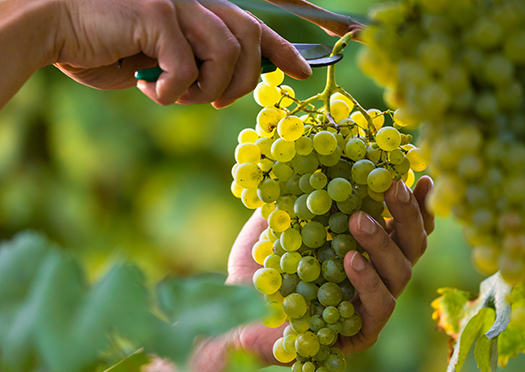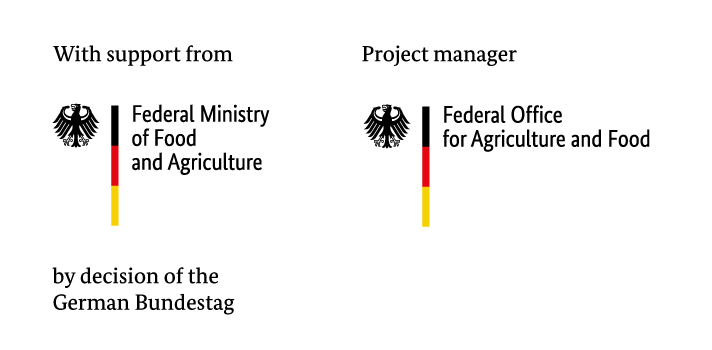AI-based analysis of infrared spectra makes it easier to improve the quality of wine

MIR measuring systems for fast and non-destructive quality determination of grapes
The quality of grapes, like any other agricultural product, is subject to a wide range of variation. Many external factors such as (micro)climate, soil conditions or even the time of harvest have a significant influence on the chemical composition of grapes and therefore also on the wine produced from them. It is precisely this diversity that is extremely desirable in viticulture in order to be able to create a wide range of different wines with a diverse character and thus offer them to consumers.
In order to guarantee the quality of the raw materials for the desired wine, it is necessary to precisely characterize the grapes using specific quality parameters. This typing of the raw materials should be easy to use and non-destructive, while at the same time providing comprehensive information. These methodological criteria are particularly well met by infrared spectroscopy. The “SmartGrape” joint project aimed to develop a compact, in-line capable measuring system that enables the rapid and non-destructive quality assessment of grapes and grape mash using infrared spectroscopy in the mid-infrared range (MIR).
AI-based analysis of infrared spectra for raw material characterization of wine
Infrared spectroscopy is based on the interaction of infrared radiation with matter, whereby the contained molecules absorb specific frequencies of the radiation. This interaction generates a unique spectrum that provides information about the molecular structure and chemical composition of the sample under investigation. In this project, we focused on the mid-infrared range (MIR; 2,500-50,000 nm) to develop the optical measuring system, as the information content is significantly higher in this range and therefore enables a detailed derivation of raw material properties.
Due to the high information density of the infrared spectra and the accompanying chemical analysis, we collected high-dimensional data sets in the project, which were analyzed using artificial intelligence (AI) methods. Artificial intelligence takes into account complex, non-linear relationships and interactions in the data set that are difficult or very time-consuming to process using conventional mathematical-statistical methods. The use of AI should enable the resource-efficient development of an integrated measurement system in which hardware and software are optimally coordinated.
Digitalized quality control in viticulture through MIR-based measuring systems
In this joint project coordinated by the Fraunhofer IVV, the project consortium developed two AI-supported MIR-based measurement systems for viticulture, which were used on site at participating wine cooperatives. This showed that AI-supported machine learning methods are superior to traditional methods in terms of both data interpretation and data prediction for deriving chemometric models. The measuring devices, which are about to be launched on the market, enable both mobile quality determination of grapes in the vineyard and real-time characterization of grape mash using a flow-through measuring cell in the pipeline at grape reception.
The integration of the innovative measuring systems into the practice of wine-producing companies marked a significant step forward in the digitalization of quality control of incoming goods for wine cooperatives and private wineries. The raw materials can be characterized and digitized simultaneously in a single direct process - a possibility that traditional methods do not offer. In view of current and future challenges - notably climate change - in viticulture and agriculture, increasing digitalization makes it possible to maintain excellent wine quality even under difficult conditions.
The MIR technology described above is also used at the Fraunhofer IVV in other research projects to determine the quality of food, e.g. hazelnuts.
Project term: |
2021 to 2024 |
Project management /project funding: |
Federal Office for Agriculture and Food (BLE) / Federal Ministry of Food, Agriculture and Regional Identity (BMLEH) |
Project partners: |
|
Publication on the research topic: |
|
 Fraunhofer Institute for Process Engineering and Packaging IVV
Fraunhofer Institute for Process Engineering and Packaging IVV